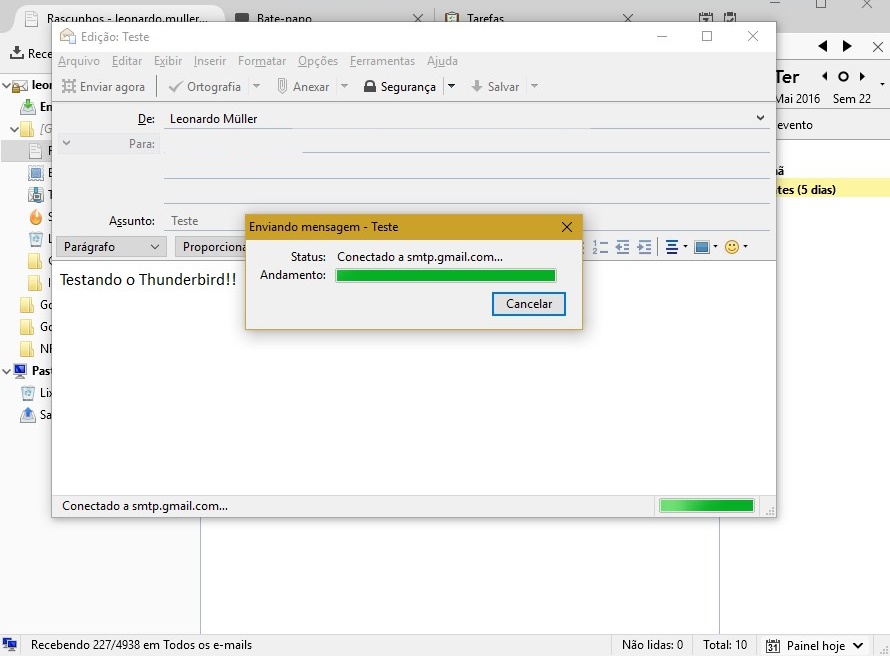
If you add a URL to the signature file, most e-mail clients will turn it into a hyperlink. It is part of the international Internet standard for e-mail signatures and is automatically inserted by Thunderbird. Unfortunately, the double-dash just before the signature cannot be removed. When you create an e-mail message, you will see the signature near the bottom of the message in gray. You will need to repeat this process for each e-mail address where you wish to add a signature. Click the OK button to save your settings. On the right, check the box that says “Attach this signature:” and then click the Choose button to navigate to your signatures folder.

From the Tools menu, select Account Settings… Highlight an e-mail address on the left-hand column. Next, you will need to assign a signature to each e-mail address. Wherever you decide to store the files, keep them together and name each in a way that makes it easy for you to identify them. Like I said, you can store them anywhere, but when you do it this easy, the signatures stay with your Thunderbird files if you need to move them to another PC or if you have to restore a PC from your backup files. I simply created a new folder called “signatures” in the folder with the rest of the Thunderbird files. In a previous tutorial, I changed the file location for the Thunderbird files in order to make it easier to back up these files.

You can save these files anywhere on your PC, but it makes sense to store them somewhere where they will not get separated from the rest of your Thunderbird files. Next, I saved the text file in a folder I set up specifically to store signatures. For our example, I used Notepad and entered the following signature text:

Do not use Word or any type of text editor that may embed codes in the text. The first thing you need to know is that you must create the signature file in a pure text editor, such as Microsoft’s Notepad. You can assign a different signature to each individual e-mail address. Thunderbird allows you to create as many signatures as you wish. This is something that you may not want to re-type every time you send an e-mail message. It is generally used to convey contact information, legal notices and other repetitive information. A signature in an e-mail is kind of like a footer on a web page.


 0 kommentar(er)
0 kommentar(er)
